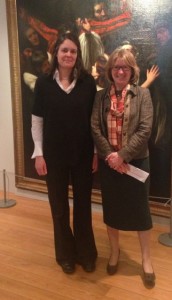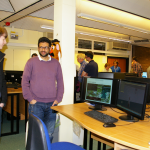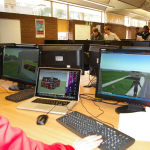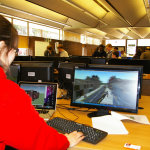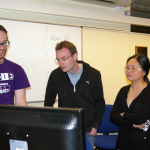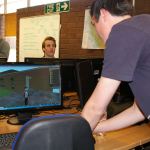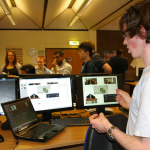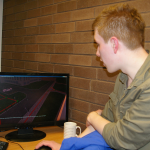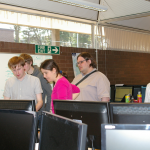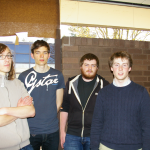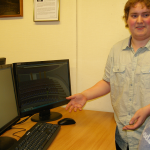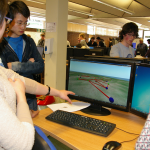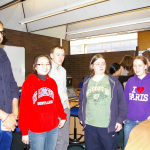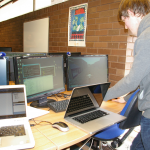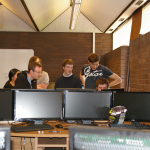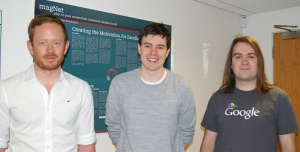Juliana Bowles, the School Disability Coordinator, was runner-up for the new Frotscher Helping Hands Medal for Excellence in Supporting Students. This recognises her selfless commitment to providing support to students at St Andrews.
In the current academic year, we have been very happy to welcome our first totally blind student, Saad Attieh. Juliana has coordinated and largely provided our support for Saad’s studies in Computer Science. She made contact with his teachers in Edinburgh, learned about Braille (including the different ways of representing mathematics in Braille) and in depth design and preparation of teaching materials for accessibility. She has researched, selected and commissioned a range of equipment for preparing accessible diagrams and handouts. She has checked over lecture slides, coursework and exams, nagged other lecturers, including professors, to get their slides ready in time, and attended many lectures to check that the lecturers’ delivery is appropriate.
We hope to be welcoming another partially sighted student in 2013-14.
The photo shows Juliana with the Proctor, Professor Lorna Milne, at the award ceremony in the MUSA galleries (with a slightly alarming painting as backdrop).


